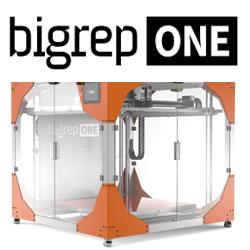3D Printing Is Already Starting To Threaten The Traditional Spare Parts Supply Chain
A 10K tiny house 3D-printed in 24 hours
BeeHex Raises $1 Million For Fresh Food Robots
How Industry 4.0 and BIM are Shaping the Future of the Construction Environment
Dubai company ready to 3D print your house, says 19-year-old founder
3D Printing: Should You Go Open Source?
Race For 3D Printing Capacity Could Revive M&A
This 3D-Printer Uses Holograms for Super-Fast Printing
MakerBot is laying off a third of its staff, narrowing focus under Stratasys
Beyond the Hype: What's Next for Industrial 3D Printing
Oerlikon expands additive manufacturing R&D and production capacity in the US
Stratasys launches new rapid prototyping Engineering-Grade 3D Printing Solution: The F123 Series
Google Ventures, BMW, Lowe's Invest in Desktop Metal
MIT Builds Invisible Fish Grabbing Robot
The 9 unit Winbo 3D printer is an all-in-one micro factory
Records 526 to 540 of 779
First | Previous | Next | Last
Additive & 3D Printing - Featured Product

